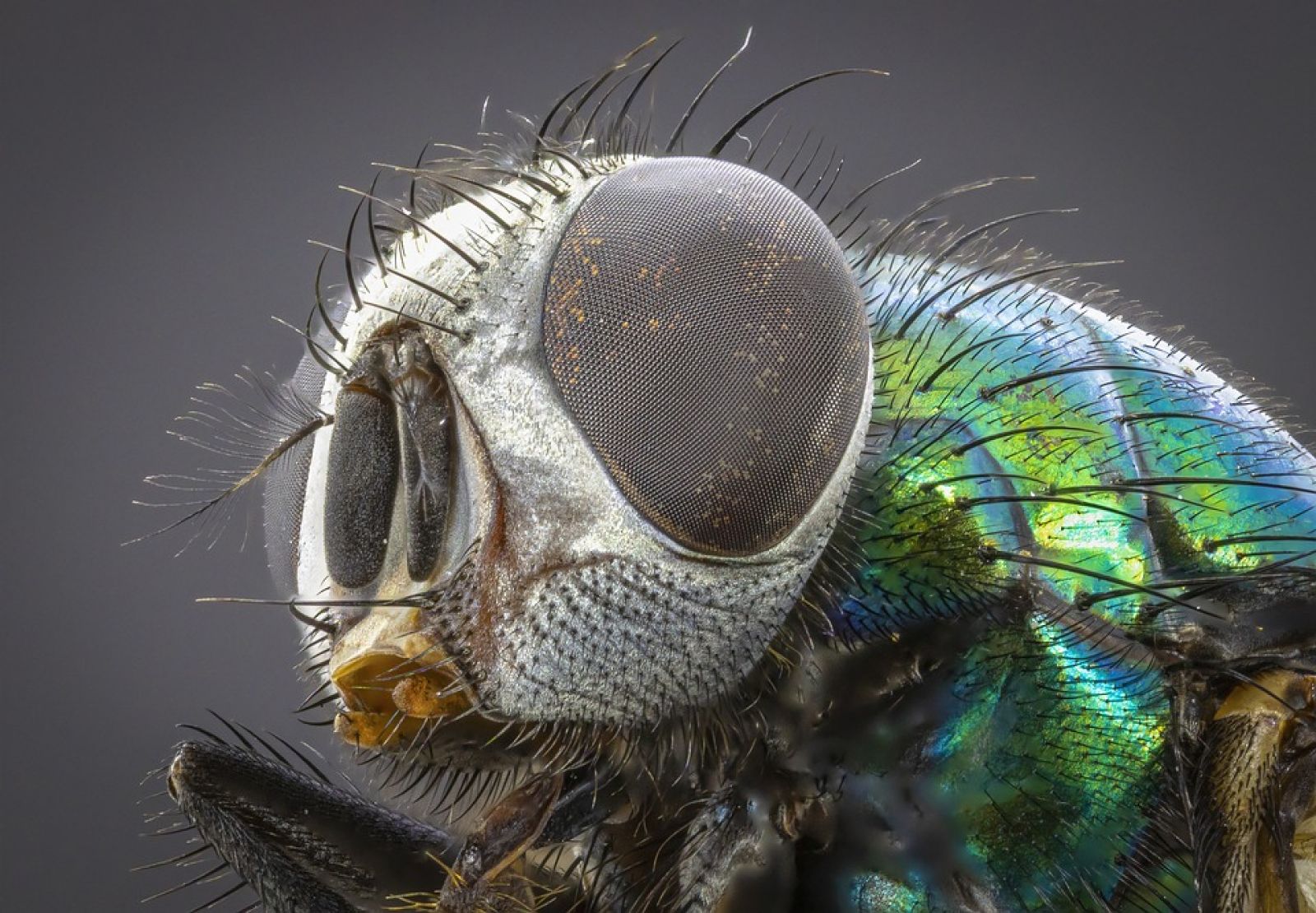Discovery of flies carrying avian influenza: contamination concerns
Follow us on Google News (click on ☆)

Illustration image Pixabay
Researchers from Kyushu University have identified meat flies as carriers of the avian influenza virus. Attracted to decomposing flesh and feces, these flies represent a potential new transmission route. Published in Scientific Reports, this study calls for new prevention strategies for poultry farms.
Since 2020, avian influenza has spread rapidly, causing the death of millions of wild birds and the culling of over 500 million poultry. In Japan, the 2022-2023 winter season recorded a record number of 326 avian influenza outbreaks, leading to the culling of 17.7 million birds. Transmission to mammals and the increasing cases among poultry workers raise significant concerns.
In this research, scientists studied a colony of cranes in Izumi, where the high density of birds makes them vulnerable to infections. Last winter, 1,600 cranes died from avian influenza. Researchers collected 648 meat flies, finding that 14 of them carried the virus, mainly near the crane colony.
Unlike birds and mammals, flies ingest the virus from dead birds or their feces, with the virus remaining infectious for up to two days. Capable of flying 1.2 miles (2 km) per day, they could potentially reach nearby poultry farms. Researchers estimate that flies can contaminate surfaces, food, and water sources, thus infecting healthy birds.
Closed-farm systems in Japan can integrate fly control measures, such as fine nets or insecticides, to reduce the risk of virus spread. However, these measures are challenging to implement in open-air farms and among wild bird populations.
Fujita and his colleagues are working with the government to capture flies in quarantine areas around infected farms, to prove their role in outbreaks. They are also developing tools using artificial intelligence to assess and predict the risks posed by vector insects, aiming to better understand and control the spread of avian influenza and other insect-borne diseases.